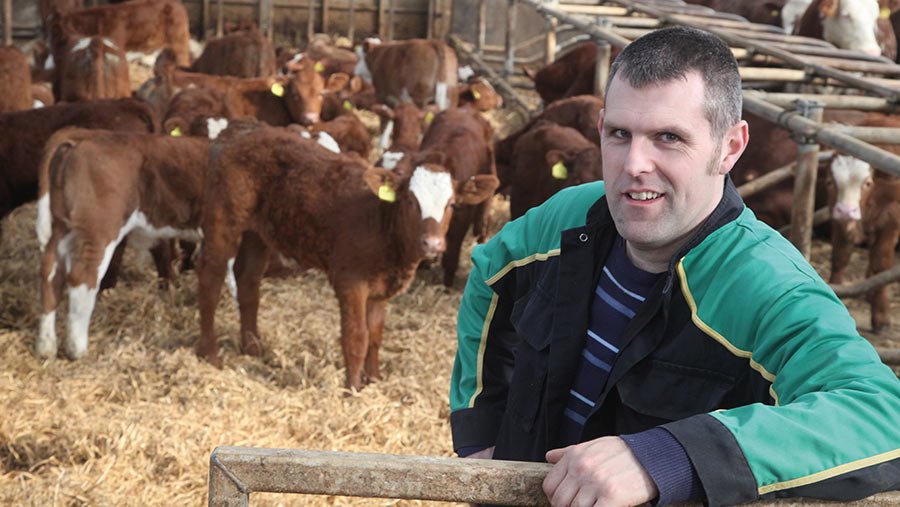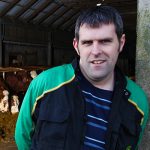Farmer Focus: Who else unwinds by watching Cammy farming?
 © Ken Amer
© Ken Amer Lambing is almost done and, although it’s had its frustrations, it’s been a lot better than last year. The extra feeding has put more milk on the ewes, and the lambs have been more evenly sized and stronger.
We are lucky to get lots of visitors during lambing, but obviously don’t do much other socialising.
See also: Will’s World: Certain farm jobs are not to be sniffed at
One thing we do as a family is sit down at night to watch Cammy Wilson’s daily blog, The Sheep Game.
How many other people come home from work and watch other people doing what they have been doing themselves all day? Farming, eh!
There has been enough drying weather to dry the land. There has been enough rain too, and the first lot of fertiliser was applied in mid-April.
We got the yearling heifers out on some rough ground in early April to make more room for lambing. Their first three weeks outside saw wind, rain, sleet and some snow, and we maintained their winter ration.
“The north wind is always cold, regardless which direction it comes from” is a comment I’ve often heard my father quote.
Writing this in early May, until it warms up and the grass gets going properly, the cows will have to stay inside.
Calving finished 57 days after it started. We scan late, so twins aren’t usually picked up at scanning and there were no cows showing obvious signs of twins in the weeks before calving, but we ended up with five sets.
We had 89 live calves from 86 cows, which sounds good, but when you count the two cows that lost their calves in December and the nine cows that were empty at scanning, it takes the shine off and we are a long way from weaning yet.
Each season has its challenges and this year we have had an awful lot of cows with sore eyes. We usually get one or two each winter and just put it down to scratching their eyes in the silage.
This year I have treated 19 cows, with a few of them needing repeat treatment.
A long-acting antibiotic and an anti-inflammatory do the trick, but when you have five or six cows standing in the race needing treatment, you wonder where it is going to end.

